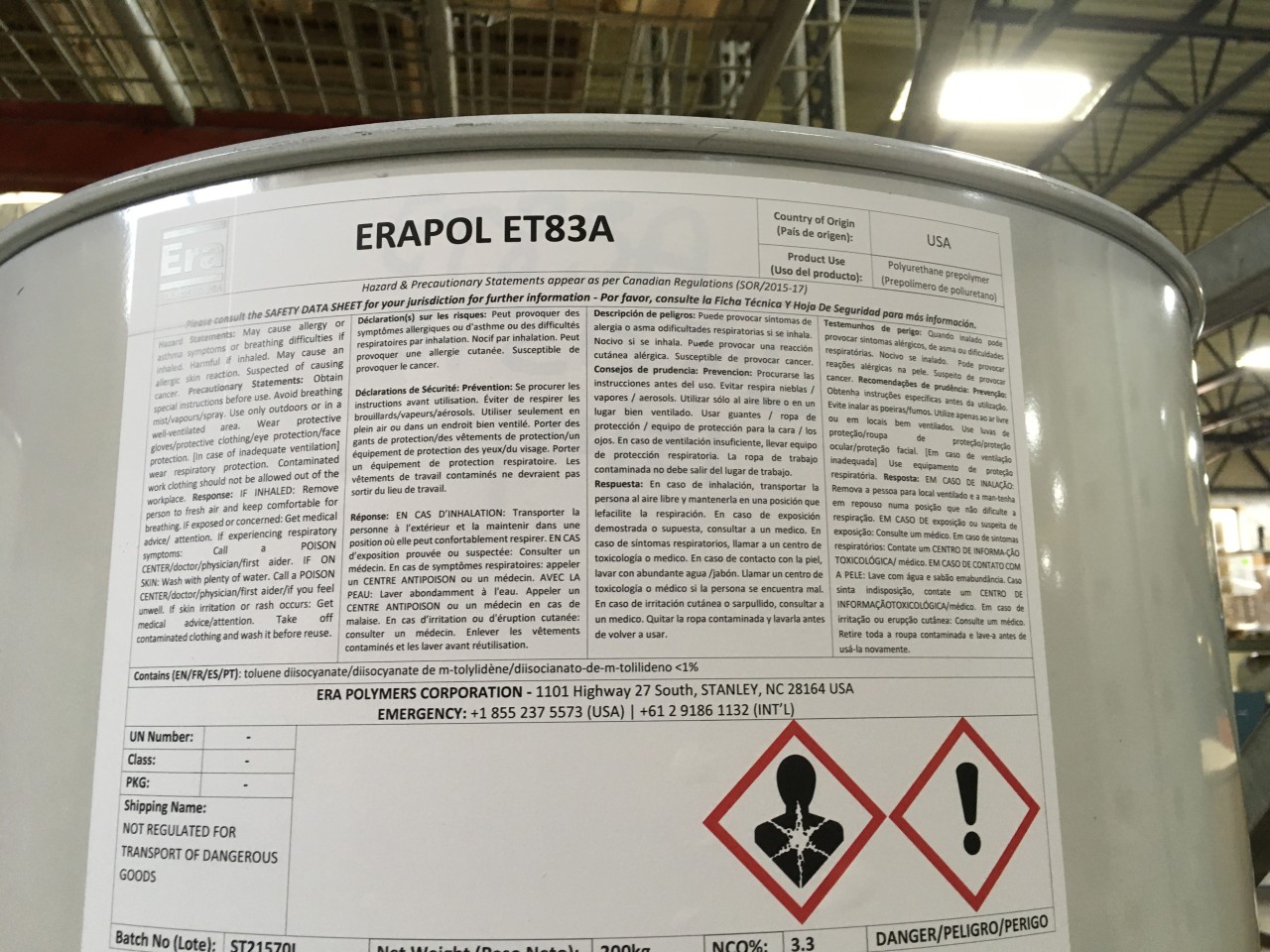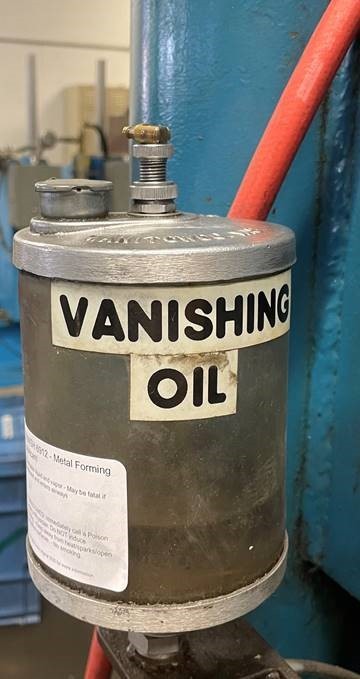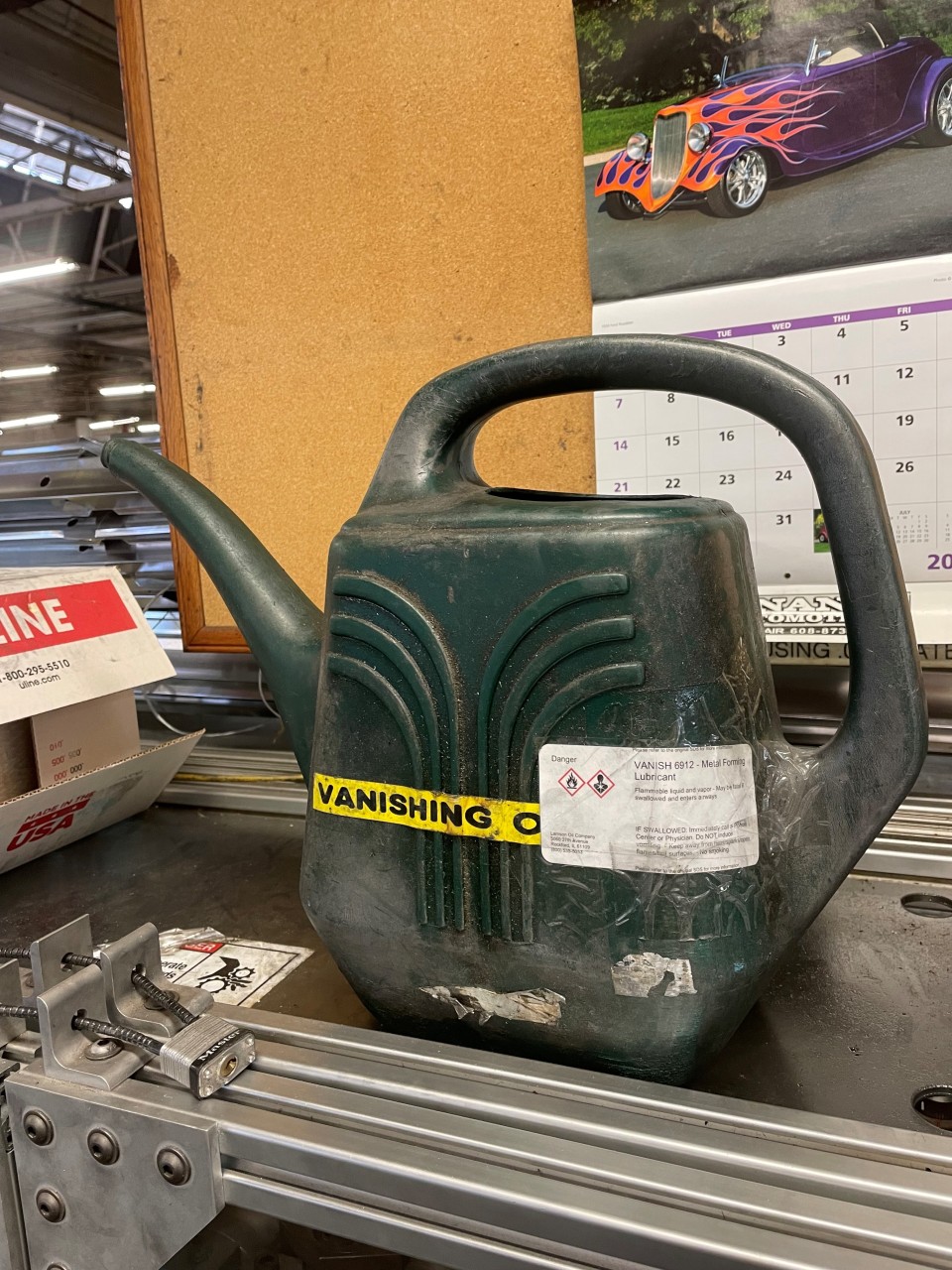Is your workplace safe? Hazard communication is critical when workers are exposed to chemical hazards
Sometimes, workers make poor choices. But as employers, it's our job to educate them to make the best ones.
And as safety-conscious businesses who want to ensure safety while minimizing liability, keeping records of safety compliance is essential.
Case in point: A worker on his break decided to use a company propane torch to light his cigar. It caught his hair on fire, and he sued his employer for the workplace injury.
It turned out that, not only did the company show their employees a safety video specifically stating not to use the propane torch as a lighter – but the workers signed an acknowledgment that they received and understood that training. The fact the company could produce accurate training documentation was enough to convince the lawyer to withdraw the lawsuit.
Stories like this are a great example of why chemical hazard communication is critical for all employees.
To start, companies must meet the bare minimum of government compliance. The Occupational Safety and Health Administration (OSHA) works to ensure safety standards across the industry. When it comes to chemical hazard communication, they have four requirements:
1. OSHA requires that employers have a written Hazard Communication Program that details the responsibility for communicating chemical hazards to ensure all hazards are recognized and controlled. Hazard Communication moved up to the No. 2 spot in the Top 10 issues OSHA finds during routine compliance audits. Employers can do better with a little attention to this important program.
2. The business needs to maintain Safety Data Sheets (SDS), detailing the risk associated with every chemical on the premises unless accepted under the standard. Beyond that, workers always need to know where and how to access that information. It's not unusual for an OSHA inspector to ask employees to demonstrate they know how to locate SDS for the chemicals with which they work.
3. A labeling system needs to be in place for all chemicals. This includes labels on shipped containers and any chemicals stored in secondary containers used by the employer. Employees must be trained in what to do and who to tell if a label is missing or damaged, so that there is never an undocumented chemical in the facility.
4. Worker training is mandated. More than simply communicating an employee's "Right to Know," it's an employer's responsibility to provide training in a way workers understand. That could mean offering the training in another language or having the hazards verbally communicated to affected employees.
Training is required before a worker's first exposure to a hazardous chemical. It's also required when there are changes in the workplace, such as when new chemicals are introduced or when there are specific hazards of a chemical change. Conducting annual refresher training is a good way to make sure information is being communicated regularly. Additionally, employers should keep records of what is communicated, who receives training and when those trainings take place. OSHA provides the minimum content for Hazard Communication training and the topics presented should be part of the documentation.
Following Hazard Communication standards is an effective way effectively protects your company and employees from blow torches or other workplace dangers.
Fehr Graham health and safety professionals are committed to helping businesses and municipalities meet OSHA standards and providing a safe work environment for all employees. Our team of health and safety professionals keep your employees and your company protected. If you have safety compliance questions or would like more information on how we can help, our consultants are eager to hear from you.
To learn more about hazard communication and how Fehr Graham can help you, contact us or give us a call at 920.453.0700.
 |
Gordy Koch is an Environmental Health and Safety Project Manager at Fehr Graham. He audits Fehr Graham clients’ health and safety status, and develops and directs compliance programs and training initiatives for safety services under OSHA and other federal, state and local programs. Contact him at |
Collaborative, Insightful, Results-Driven Solutions
Fehr Graham provides innovative engineering and environmental solutions to help improve the lives and communities of our customers.



